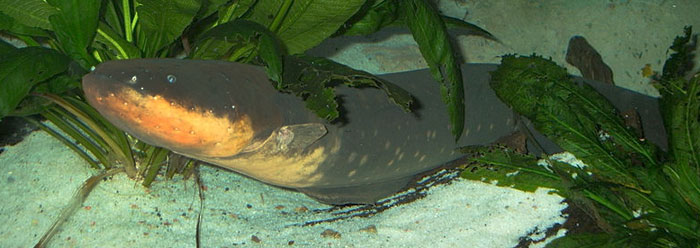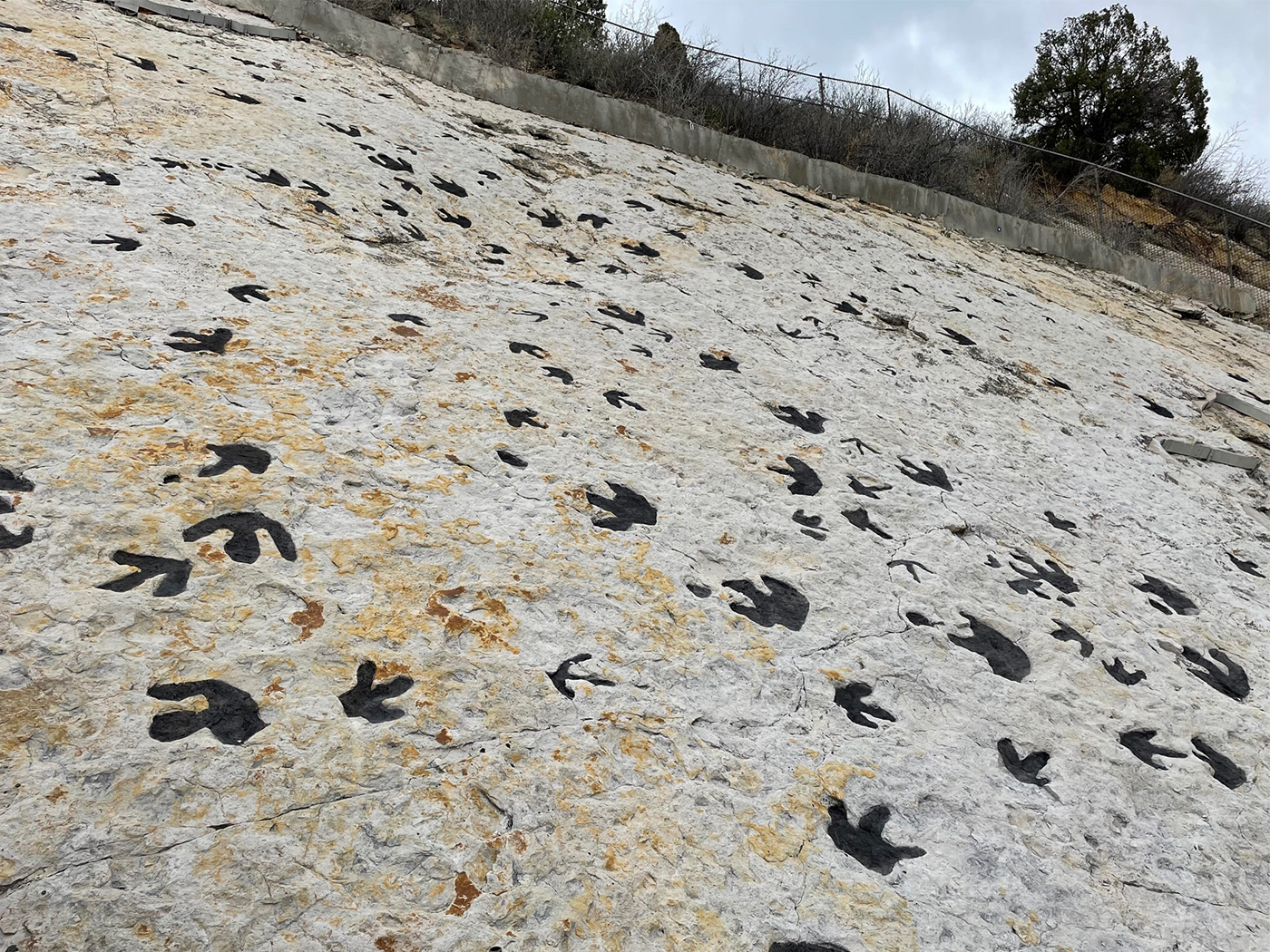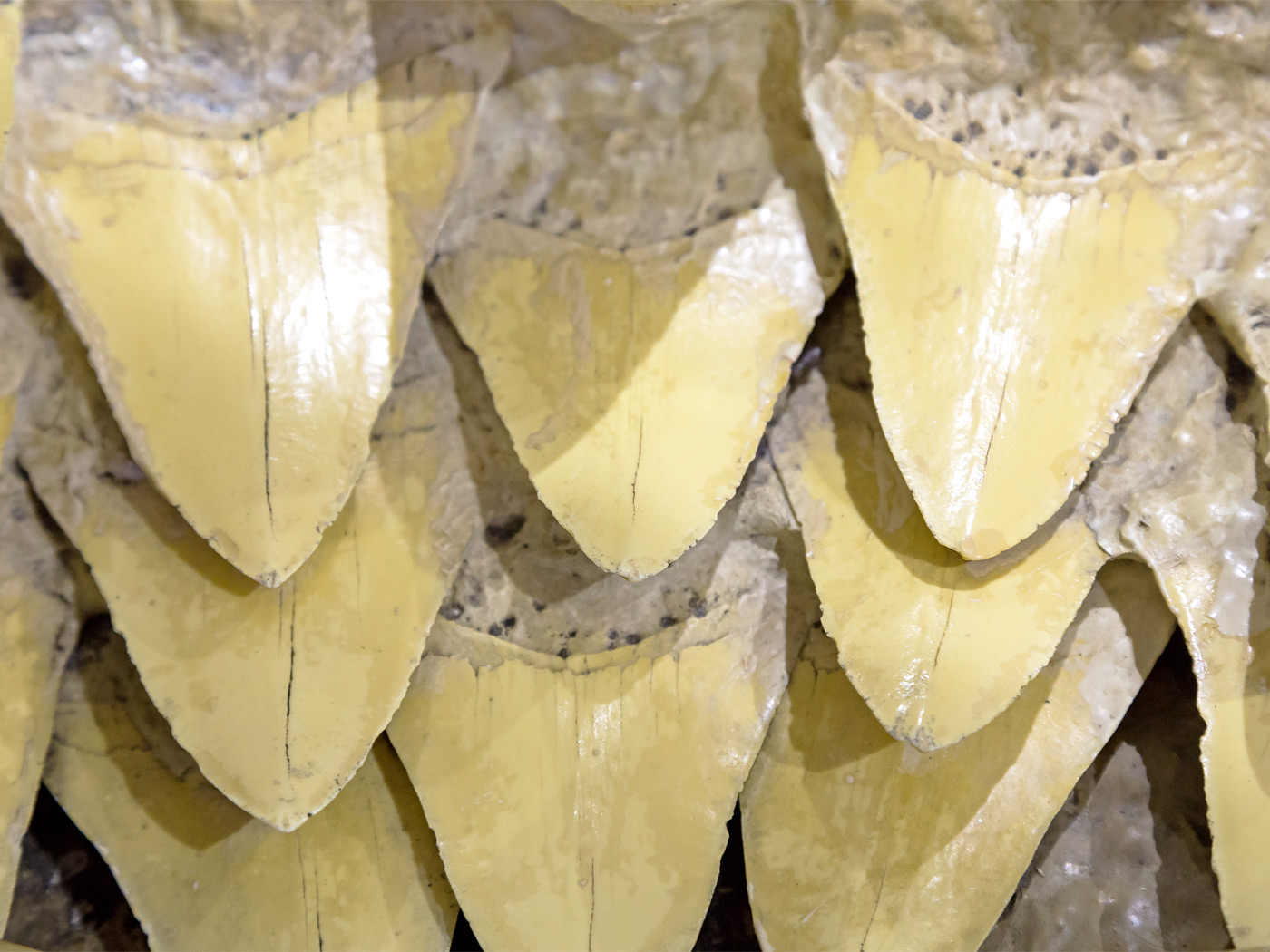Darwin's hypothesis of evolution faced enormous scientific challenges from the very outset of its publication. Recently, a group of evolutionists, publishing in the journal Science, claimed to have simplified one of those challenges. Have they?
In Darwin's seminal work On the Origin of Species he identified numerous examples of biological structures that, at first pass, seem very difficult to evolve. He even wrote a chapter titled "Difficulties on Theory" which he began with this wry comment: "Long before having arrived at this part of my work, a crowd of difficulties will have occurred to the reader. Some of them are so grave that to this day I can never reflect on them without being staggered."1
One organ in particular that has dodged evolutionary explanation for over 150 years is the electric organ—the organ in fishes that generates electricity under water. Evolving this organ in one single species would pose serious challenges to evolution. But the organ is present in several fish species which, under the ancestry constraints imposed by the evolutionary interpretation of the fossil record, implies that the electric organ would have had to evolve, not once, but multiple times, making the naturalistic origin of this structure all the more implausible.2
Darwin recognized this challenge early in his work in 1859. He wrote, "The electric organs of fishes offer another case of special difficulty; it is impossible to conceive by what steps these wondrous organs have been produced."3 Nevertheless, he hypothesized a theoretical way over this hurdle: "As Owen and others have remarked, their intimate structure closely resembles that of common muscle."4
Could electric organs have evolved from mere muscle tissue? Since wholesale evolutionary change must ultimately stem from genetic changes, the first step in answering this question is investigating whether the diversity of electric organs could be produced via a common genetic pathway. Since Darwin knew nothing of genetics, he didn't realize how big this difficulty really is. His ideas—his visualizations—were overly simplistic.
Nonetheless, a recent publication in the journal Science claims to have found a solution.2 The authors wrote, "Our analysis suggests that a common regulatory network of transcription factors and developmental pathways may have been repeatedly targeted by selection in the evolution of [electric organs], despite their very different morphologies."5 In other words, a common genetic program appears to undergird the development of very different electric organs, making the evolution of these organs theoretically simpler.
Realistically, the question of whether these organs originated via evolution does not rest on the commonality or differences among the electric organs' genetic programs. Darwin did not cite developmental similarity as the gold standard test of evolution. Instead, in his "Difficulties with Theory" chapter he said, "If it could be demonstrated that any complex organ existed, which could not possibly have been formed by numerous, successive, slight modifications, my theory would absolutely break down."6 As Michael Behe has pointed out, this test can be taken only at the molecular level.7 Conversely, as Behe also highlighted, evolution is a failure if an organ—such as the electric organ—relies on mutually interdependent (irreducibly complex) molecular parts for its function.7
To date, no one has comprehensively identified the relationships among the molecular components undergirding electric organ function. Until these relationships are elucidated, the plausibility of the evolutionary origin of these structures remains purely speculative and claims of evolutionary "fact" must be rejected because they are without scientific support.
References
- Darwin, C. 1859. On the Origin of Species. John Murray: London. p.171. Posted on darwin-online.org.uk on July 2, 2012, accessed June 27, 2014.
- Gallant, J. R. et al. 2014. Genomic basis for the convergent evolution of electric organs. Science. 344 (6191): 1522-1525.
- Darwin, p.192.
- Darwin, p.192-193.
- Gallant et al., p. 1525.
- Darwin, p. 189.
- Behe, M. J. 1996. Darwin's Black Box. New York: Simon & Schuster.
* Dr. Jeanson is Research Associate at the Institute for Creation Research and received his Ph.D. in cell and developmental biology from Harvard University.
Article posted on July 7, 2014.

















